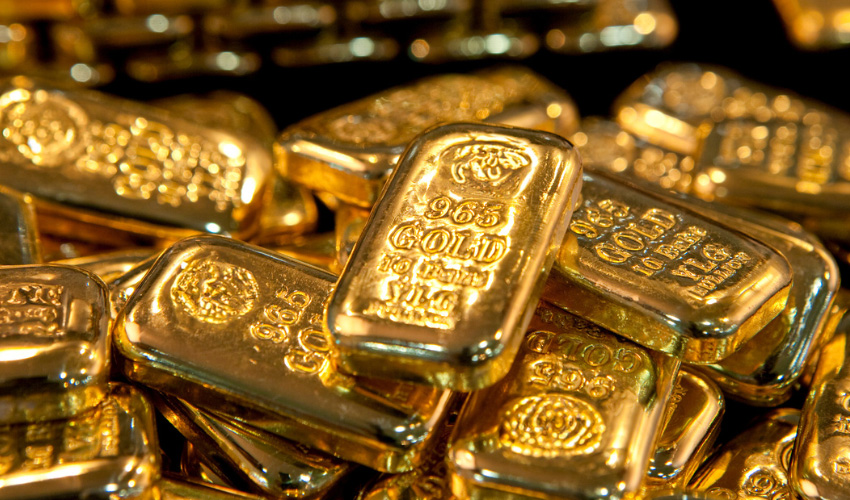Gold prices in Pakistan have recently surged, with the price of gold per tola seeing a massive increase. This unexpected spike in prices has raised concerns among consumers, investors, and traders across the country. With gold traditionally seen as a safe investment, this price hike has led to increased interest in the precious metal, but it also brings about challenges for those looking to buy or invest in gold.
Reasons Behind the Surge in Gold Prices
The sharp increase in gold prices in Pakistan can be attributed to several factors. Global economic uncertainty, inflation, and the fluctuation of the Pakistani rupee against major foreign currencies have all contributed to this rise. Additionally, gold is often seen as a hedge against inflation and economic instability, prompting investors to turn to the metal as a secure asset during times of uncertainty.
As global demand for gold continues to rise, Pakistan’s gold market has been impacted by international trends. The rise in global gold prices has a direct effect on the local market, causing the price of gold per tola to climb significantly.
Impact of Gold Price Hike on Consumers and Investors
For consumers, the price hike means that buying gold, whether for investment purposes or as a precious gift, has become more expensive. This is particularly concerning for those who rely on gold as a store of value, as they now find themselves paying significantly higher prices for the same amount of gold. Many consumers are now reconsidering their plans to purchase gold due to the sharp increase in prices.
On the other hand, investors in gold are facing mixed feelings. While some investors are reaping the benefits of holding gold as prices rise, others who wish to enter the market are finding it more difficult to afford gold at these higher rates. For long-term investors, however, the surge in gold prices may provide an opportunity for greater returns on their investments.
Gold and the Economy: What Does This Mean for Pakistan?
The rise in gold prices in Pakistan is also a reflection of broader economic trends. The Pakistani economy has been facing significant challenges, including inflation and a devaluation of the national currency. As a result, many people are turning to gold as a way to protect their wealth against the devaluation of the rupee. The increased demand for gold, however, is causing its price to rise, putting additional strain on consumers who are already dealing with economic hardships.
The fluctuation of the rupee against major currencies such as the US dollar has also had a significant impact on gold prices in Pakistan. As the value of the rupee drops, the price of gold in terms of local currency rises, further compounding the challenges faced by the average Pakistani consumer.
What Can Gold Investors Expect Moving Forward?
As the global economic situation continues to evolve, the price of gold is likely to remain volatile. Investors looking to capitalize on gold’s potential as a safe haven asset will need to monitor market trends closely. While gold has historically been a reliable store of value, fluctuations in the price of the metal can present both opportunities and risks.
In the short term, it is possible that gold prices will continue to rise if global economic uncertainty persists. However, investors should be aware that the price of gold can be influenced by many factors, including changes in global interest rates, the strength of the US dollar, and geopolitical developments.
Conclusion
The recent surge in gold prices in Pakistan has captured the attention of both consumers and investors. While gold is often seen as a safe investment, the sharp rise in its price has made it less affordable for many. The economic factors contributing to this increase, including inflation and the weakening of the Pakistani rupee, are likely to continue affecting the gold market in the coming months.



Comments (0)
No comments yet. Be the first to comment!
Leave a Comment